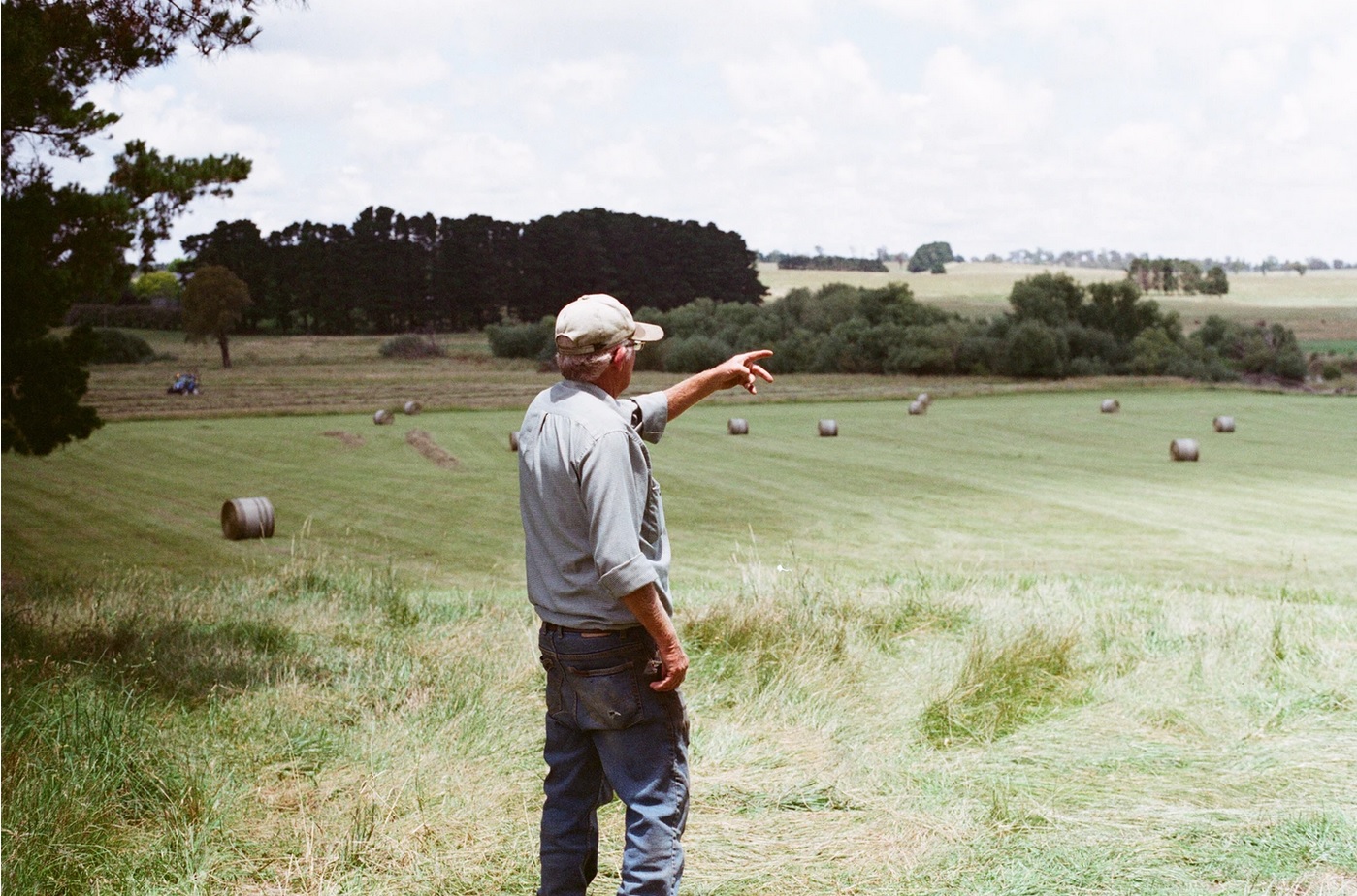
By American Farm Bureau Federation,
Rapidly rising fertilizer prices are causing serious concern among U.S. farmers and ranchers. Chad Smith has more on what farmers can expect to pay for the foreseeable future.
Smith: Fertilizer prices have risen as much as 300 percent in some areas, making 2022 preparations more difficult. Shelby Myers is an economist with the American Farm Bureau Federation. She says those skyrocketing prices are among the top concerns for farmers and ranchers.
Myers: All major nutrients that are used in the production of primary row crops in the U.S. have experienced, since September 2020, prices that are increased over 150, 175 percent, even over 200 percent in some cases, and fertilizer is a global commodity so it can be influenced by a lot of market factors. We had a lot of impacts from COVID-19 and the precautions that were put in place, we import a lot of our nutrients used in the U.S. and those can be influenced by global factors.
Smith: Supply chain disruptions and trade duties put in place are also contributing to the rapidly rising prices. With all the factors currently in place, Myers says it might keep fertilizer prices higher through the spring of 2022, which would have a negative impact on agriculture.
Myers: With all these factors that we’re taking into consideration, there are expectations that fertilizer prices are going to remain high through the springtime, which might compel some farmers to shift planted acres away from corn to other commodities that are getting fertilizer at a lower rate. What those expectations can be for retailers to say, ‘Hey, we have fertilizer available, but we have may only have a certain percentage available,’ or ‘We’re not sure when the delivery dates are going to be.’ It also has some tax implications that could be taken into account.
Smith: Myers says the challenge of high fertilizer prices won’t be an easy one to fix.
Myers: Unfortunately, there’s a lot of factors going on all at once, and that culmination is kind of coming into this understanding that this might be a wait and see experience for a lot of farmers because we have to wait for supply and demand to rebalance and redistribute and catch up to itself. But some other things that are solutions are addressing those import tariffs and having a need for tariff relief. If we can mitigate some of those direct-applied price increases and find ways to address the immediate impact to farmers’ bottom line, that will be really helpful.
Smith: Learn more on the Market Intel page at fb.org. Chad Smith, Washington.
Disclaimer: Articles featured on Oregon Report are the creation, responsibility and opinion of the authoring individual or organization which is featured at the top of every article.

